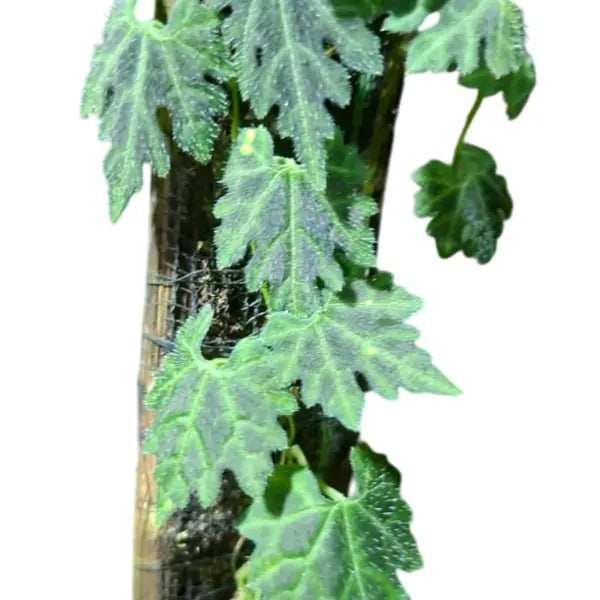
Piper Sp
Selling Size : Single Plant | Pot Included | Secure Packing | Free Shipping
The genus Piper is a large and diverse family of plants, including the well-known black pepper (Piper nigrum) and many others that are grown for their beautiful, ornamental foliage. While care can vary slightly between the different species, most share similar needs as tropical vining plants.
Here is a general guide to caring for Piper plants:
Light
Bright, indirect light is ideal. In their native tropical habitats, Piper plants grow in the understory of forests, so they are not used to harsh, direct sunlight.
Too much direct sun can easily scorch their leaves, while too little light can cause the plant to become leggy and the leaves to lose their vibrant colors or variegation.
An east- or west-facing window is often a good location, or a spot a few feet away from a south-facing window.
Watering
Piper plants like to stay consistently moist, but they are very sensitive to overwatering, which can lead to root rot. Many species have semi-succulent leaves that can store some water.
Allow the top inch or two of the soil to dry out before watering again.
When you do water, do so thoroughly, making sure the excess water drains out of the bottom of the pot. Never let the plant sit in a saucer of standing water.
Yellowing or wilting leaves can be a sign of both overwatering and underwatering, so always check the soil moisture to determine the cause.
Humidity and Temperature
As tropical plants, Piper species love high humidity. They will thrive in environments with 40-60% humidity or higher.
To increase humidity, you can use a humidifier, place the plant on a pebble tray with water, or group it with other plants.
They prefer warm, stable temperatures, typically between 65-80°F (18-27°C). Avoid sudden temperature changes and cold drafts, as these can stress the plant and cause leaf drop.
Soil and Fertilizer
Use a loose, well-draining potting mix. A mix with components like perlite, orchid bark, and coco coir will provide the aeration and moisture retention that the roots need.
Piper plants are not heavy feeders. You can fertilize with a balanced liquid fertilizer once a month during the growing season (spring and summer).
Reduce or stop fertilizing in the fall and winter when the plant's growth slows down.
Pruning and Propagation
Many Piper species are vining and can be trained to climb a moss pole or trellis.
You can prune the plant to encourage a bushier shape and control its size.
Propagation is often successful from stem cuttings in the spring or summer. Place the cutting in water or a moist potting mix and keep it in a warm, humid environment until roots develop.
Common Issues
Pests: Watch out for common houseplant pests like spider mites and mealybugs.
Leaf Drop: This is often a sign of stress from improper watering, low humidity, or a sudden change in temperature.

